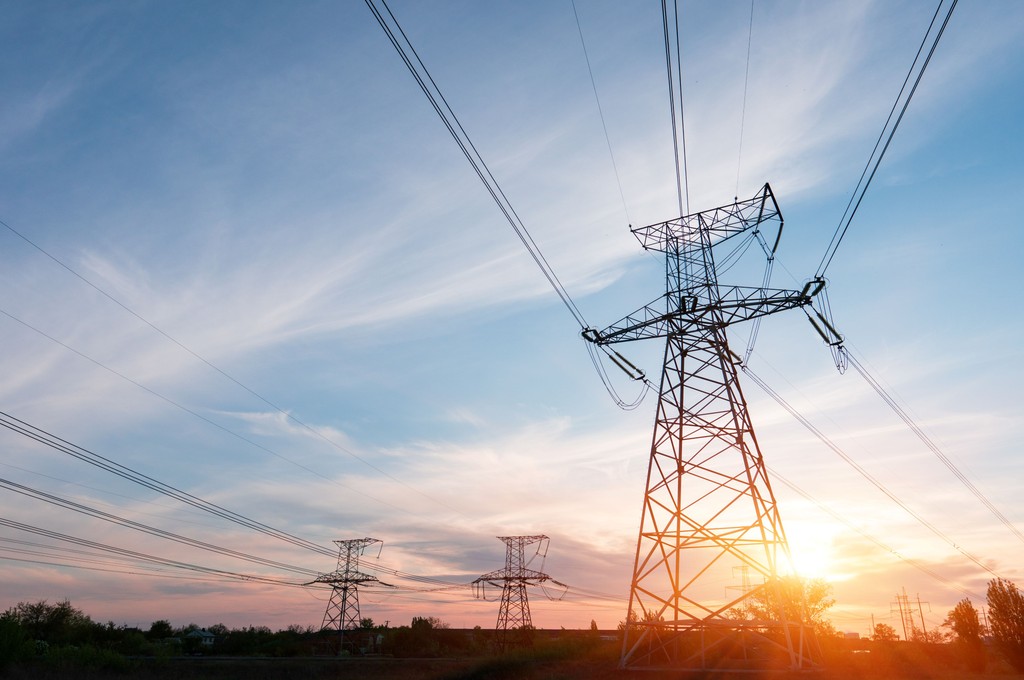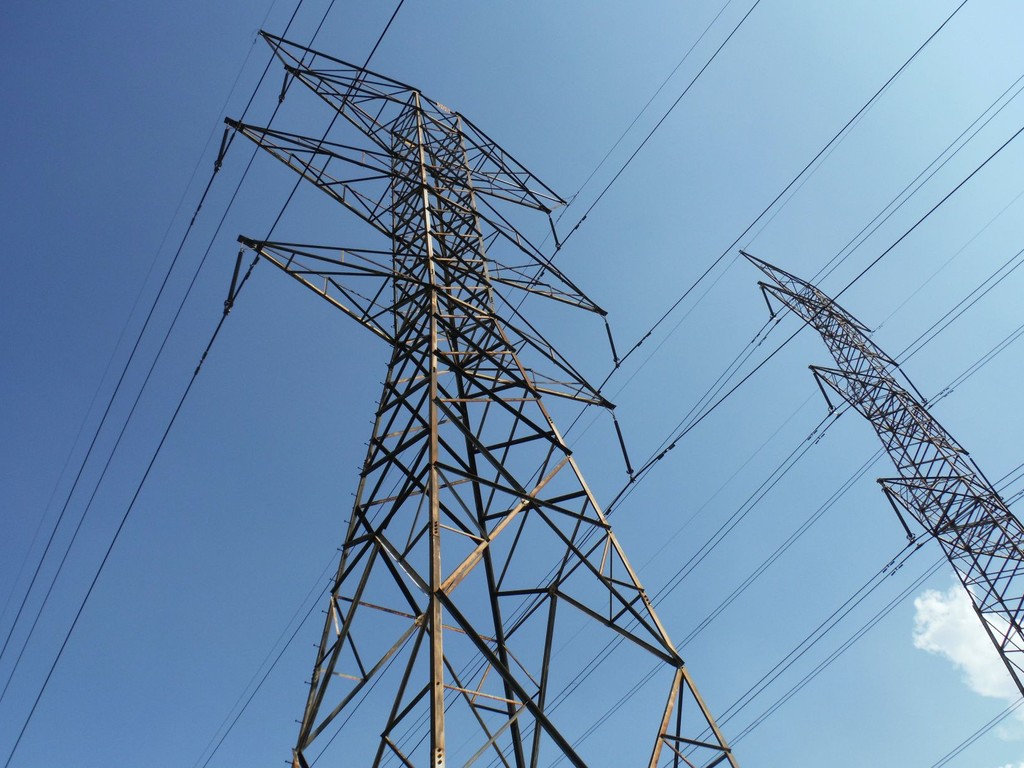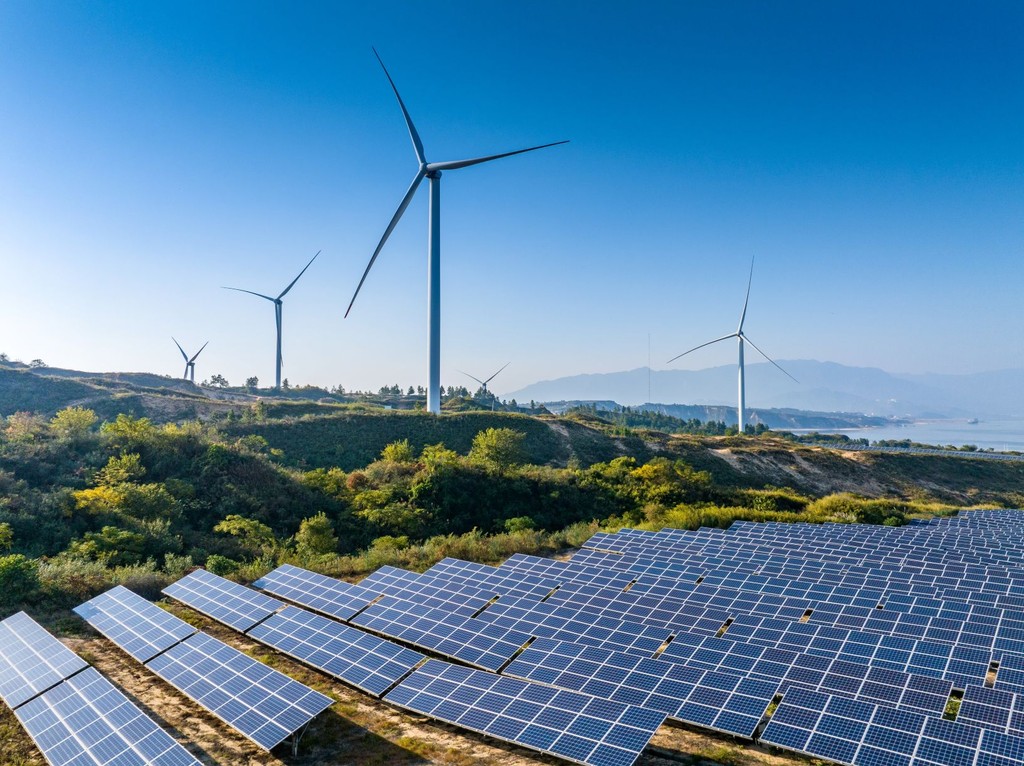By Victoria Cuming, Head of Policy, BloombergNEF
Brazil – the host of this year’s United Nations climate summit, known as COP30 – must have looked on with dismay when only 13 governments submitted their new decarbonization pledges by the February deadline. The plans so far vary in ambition, and that submitted by the US has been invalidated by the country’s January declaration that it is exiting the Paris Agreement.
It’s not a good start to the year when almost 200 governments are meant to volunteer bold new pledges for tackling climate change. The task now falls to Brazil to cajole the remaining parties into increasing their decarbonization ambitions by the new September deadline, against a backdrop of rising trade and security tensions and a focus on economic growth.
Brazil and the UK issue bold plans, but Japan falls short
Just four major economies have submitted their Nationally Determined Contributions, or NDCs, as of June 1. To offer insight into whether they are in line with the Paris Agreement, their 2035 emission targets can be compared against BloombergNEF’s Net Zero Scenario. This represents a credible pathway to net zero globally by 2050 and limits global warming to 1.75C above pre-industrial levels by the end of the century.

Brazil has led by example with a 2035 target that is much bolder than the Net Zero Scenario, though the country may struggle to achieve the required decrease in emissions from agriculture, land use and forestry. The UK’s plan is also more ambitious than the Net Zero Scenario, while Canada would be broadly in line with such a pathway. Yet Japan’s 2035 goal lowers greenhouse gas output by only 60%, 13 percentage points below that needed in the Net Zero Scenario.
The US submitted a new NDC in the last throes of 2024, including a 2035 target that would be aligned with a net-zero trajectory. But the plan was invalidated by President Donald Trump’s decision to exit the Paris Agreement. This means higher emissions and weaker pressure on other nations to ramp up their targets agree to bold action at COP30. The Trump administration has also rescinded $4 billion in US support for developing economies and has called on the International Monetary Fund and the World Bank, major providers of climate finance, to focus less on environmental action and allow lending to fossil fuels.
New EU plan needs to maintain the bloc’s momentum
Among governments still working on their NDCs, political exigencies could undermine climate action. The European Union has been a strong advocate for decarbonization, and to stay on track for net zero by mid-century the bloc’s 2035 emission goal should maintain the momentum of its current 2030 commitment.
But policymakers are under pressure to focus on other priorities, like industrial competitiveness and security. There is also a question mark over the bloc’s ability to deliver on its green commitments, as the last 18 months have seen multiple changes that will likely make low-carbon support measures less effective.
Others must go beyond their 2030 goals
In contrast to the EU, many markets will need to announce 2035 goals that imply a much steeper trajectory to net zero than their 2030 targets. A case in point is Australia: if it achieves its 2030 commitment, it would be 28 percentage points away from the 71% decrease by 2035 under the Net Zero Scenario. The Labor government, which won the federal election on May 3, campaigned on a platform of existing climate policies. But the success of environmentally friendly parties could lead to a 2035 target with an even steeper implied trajectory than the current goal.
Unlike most markets, India is expected to continue increasing emissions over the coming decade in BNEF’s economics-driven base case, due to drivers like rapid economic expansion and reliance on fossil fuels. In this Economic Transition Scenario, India releases 250% more energy-related CO2 in 2035 than in 2005. In contrast, it would need to limit emission growth to 27% by 2035 to stay on track to net zero by mid-century.
Various factors suggest that India’s new target is unlikely to be in line with the Net Zero Scenario. The country has erred on the cautious side when it comes to climate goals, having met previous commitments years before their deadlines. In addition, while it is the third-heaviest emitter based on absolute volumes, it ranked 121st for CO2 released per capita in 2023 and stands well behind other major economies like the US, China and the EU for its share of historical global emissions. India thus advocates that developed economies should have a longer runway to reach net-zero emissions, a threshold it has pledged to reach by 2070.

China and Indonesia face considerable gaps from their 2030 targets
Like India, Indonesia and China have 2030 commitments that allow them to increase emissions relative to their target base years. Not only would this lead them far astray from the Net Zero Scenario, but emissions would be above those seen in BNEF’s economics-driven base case.
The Indonesia government is revising – and likely weakening – its draft NDC to be more in line with its broader economic ambitions. The provisional plan released last August has already been criticized because of its reliance on forestry and land-use programs, rather than decarbonization of heavily emitting sectors like power, industry and transport.
China should easily meet its 2030 target to reduce CO2 emissions per unit of GDP by 65% relative to 2005 levels. Based on economic growth forecasts, this goal implies a 179% surge in emissions over 2005 levels – well beyond an economically efficient pathway and the Net Zero Scenario.
China is also expected to easily achieve its target to have carbon emissions peak before 2030 as they have now been stable or falling for more than a year, according to a Carbon Brief analysis published in May. Both of BNEF’s modeling pathways see energy-related emissions peak in 2024.
Staying on track to net zero by 2050 will require a substantial ramp-up from China, including a 2035 target to cut absolute emissions by at least 43% below 2005 levels. In contrast, BNEF’s base case sees a 30% cut by 2035 from 2005 levels.
As with India, China is unlikely to announce a 2035 goal in line with net zero by 2050 as it has only pledged to achieve carbon neutrality before 2060. Other factors that could stymie target ambition are policymakers’ continued focus on promoting economic revival and growth, ensuring energy security and mitigating the impact of trade tensions.
That said, China is showing willingness to move toward the emission target types advocated by developed economies like the EU. Its 2035 goal will be its first to cover all greenhouse gases, and it plans to shift from intensity-based controls (based on emissions per unit of GDP) to a system focused on absolute volumes of emissions.
Still, other developing economies such as India and Indonesia will likely retain goals based on greenhouse gas intensity or their own baseline scenarios. But such targets are likely to result in higher emissions than an economics-driven transition would deliver – and considerably higher than a pathway consistent with the Paris Agreement.






